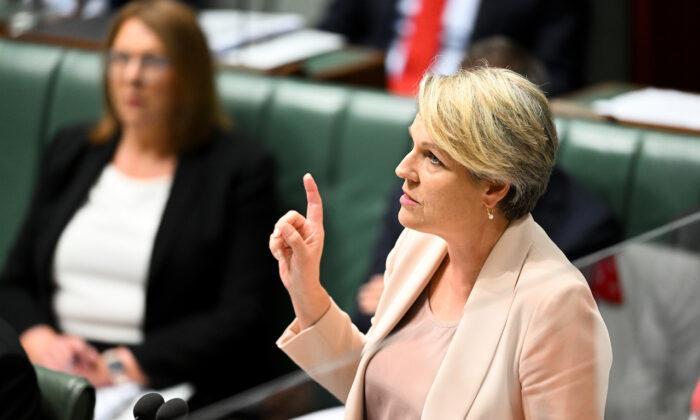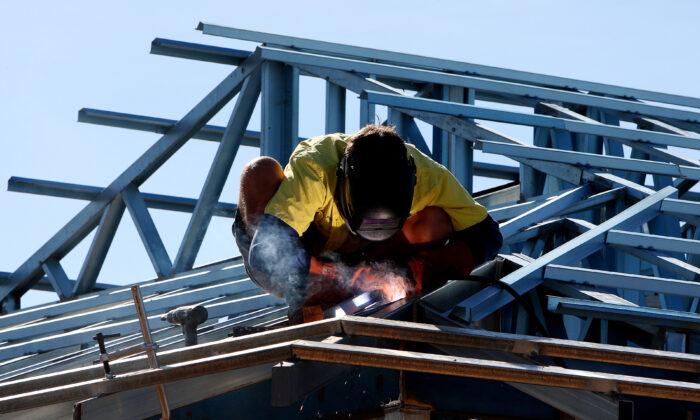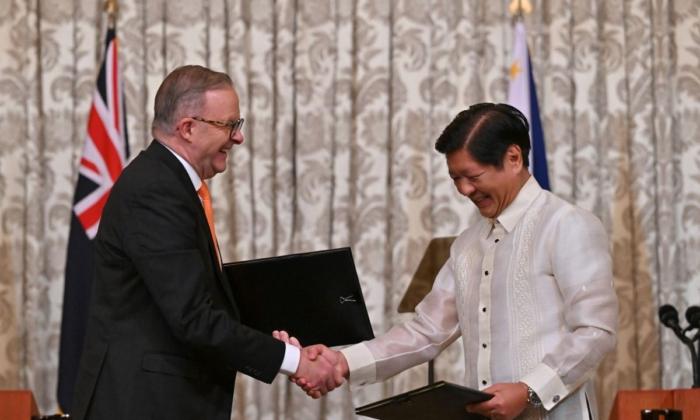The Australian Defence Forces (ADF) just became more lethal after the United States government greenlit the sale of long-range guided missiles and their supporting equipment.
The sale, which is estimated to cost the Australian federal government around $750 million (US$506 million), will see Australia acquire up to 63 of the U.S. new medium-range air-to-ground Advanced Anti-Radiation Guided Missiles-Extended Range (AARGM-ERs), and up to 20 AARGM-ER Captive Air Training Missiles (CATMs).
Additionally, the acquisition will also include AGM-88G Advanced Anti-Radiation Guided Missile-Extended Range Dummy Air Training Missiles, containers, component parts and support equipment, repair of repairables; software, publications, training, transportation, U.S. Government and contractor engineering support; and other related elements of logistical and program support.
The United States Defence Security Co-operation Agency (DSCA) said its determination to approve the sale supported the foreign policy and national security objectives of the U.S.
The agency also noted that the sale would improve Australia’s capability to meet current and future threats by suppressing and destroying land or sea-based radar emitters associated with enemy air defences.
“This capability denies the adversary the use of its air defense systems, thereby improving the survivability of Australia’s tactical aircraft,” they said.
Acquisition Part of Australia’s New Defence Strategy
The acquisition for the ADF comes as Australia moves to adapt its defence strategy to meet the growing challenges in the Indo-Pacific region.“Today we face a range of threats–including longer-range missiles and hypersonics and cyber-attacks–which render our geographic advantages far less relevant,” he said.
“The result of all this is that any adversary meaning to do us harm can inflict an enormous amount of damage on Australia without ever having to enter our territorial waters or our air space.”
He said that it was fundamentally now important for Australia to now be able to hold any potential adversaries much further from our shores.
“Fundamental to a step up in Australia’s defence capability is deterrence so that no state will ever conclude the benefits of conflict outweigh the risks,” he said.
“We must invest in targeted capabilities for our ADF which provide for impactful projection and to be able to do this through the full spectrum of proportionate response. And this strategic posture is the idea which is at the heart of the DSR.”
China Driving the Military Build-Up in Indo-Pacific
Marles noted that Beijing was the reason behind the uncertainty in the region.“In the Indo-Pacific, China is driving the largest conventional military build-up we’ve seen anywhere in the world since the Second World War. And much of this build-up is opaque,” he said.
“As such, it has never been more important for Australia to employ sober, responsible and clear-eyed statecraft.”
“They’re bolstering their own defences, they’re looking to strengthen their alliances and partnerships with the United States in particular, and they’re reaching out to each other,” Ratner said. “All of these things are happening at once.”
Meanwhile, Australia’s military ramp-up is about to get larger as the federal government moves, along with the UK and the U.S., to announce its pathway to obtaining nuclear submarines in the coming weeks.




